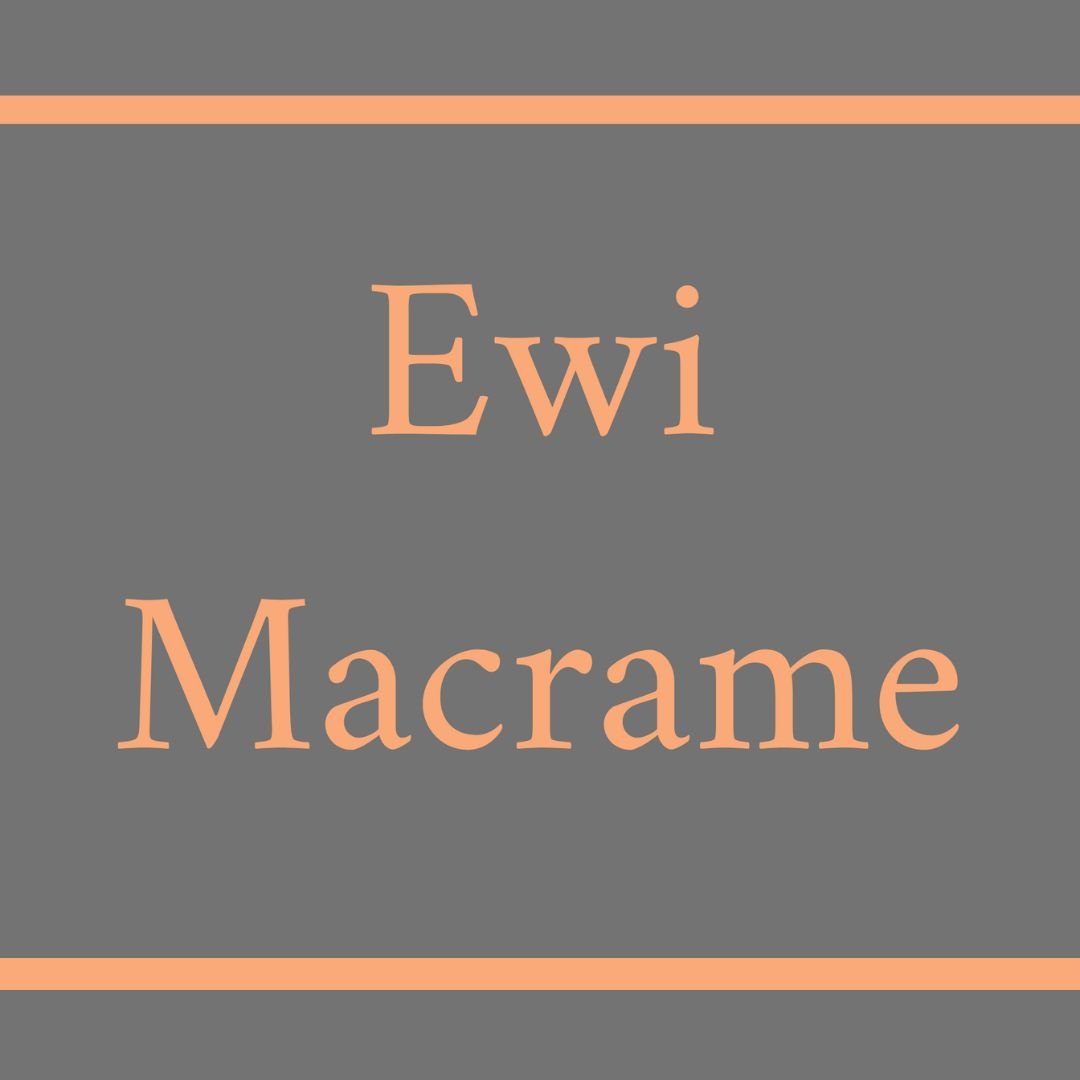Double Half Hitch Knot: Practical Applications
The Double Half Hitch Knot is widely employed across various crafting techniques like macramé, weaving, and knotting, finding its place in nearly every pattern. Here's how to tie it:
Double Half Hitch Knot (a)
Start with a thread and anchor it to a stationary object or another thread.
Take the working end of the thread and loop it around the anchor thread.
Bring the working end under the anchor thread and then back over itself to create a loop.
Pull the working end through the loop to form the first half hitch knot.
Repeat steps 2 to 4 to create a second half hitch knot, positioning it either beside or below the first knot.
Tighten both half hitch knots securely against the anchor thread.
Repeat the process as needed for additional double half hitch knots.
Double Half Hitch Knot (left)
This knot plays a crucial role in determining the final aesthetics of the work. With precise skill, knots created on the right and left sides will exhibit identical aesthetic qualities. However, depending on the threads used, it's possible for the first hitch to loosen. It's essential to firmly press it before tightening the second hitch.
Practical Applications:
Double Half Hitch Knot (a): It is applicable as a way of adding threads in regular patterns such as mandalas.
Double Half Hitch Knot: This knot is employed in patterns where, in the final phase, two edges are joined together, such as in the formation of a flower or starfish.
Entire rows of these knots form the wings of a butterfly, serving as another example of its versatile usage.
Micro Macrame Knots Guide PDF Download
Ready to deepen your macrame skills? Get the detailed guide—everything you need to know about knots in micro macrame!
This tutorial offers even more: links to publicly available YouTube videos where I demonstrate each knot in action. Gain both comprehensive understanding and visual guidance on how to use each knot effectively.








